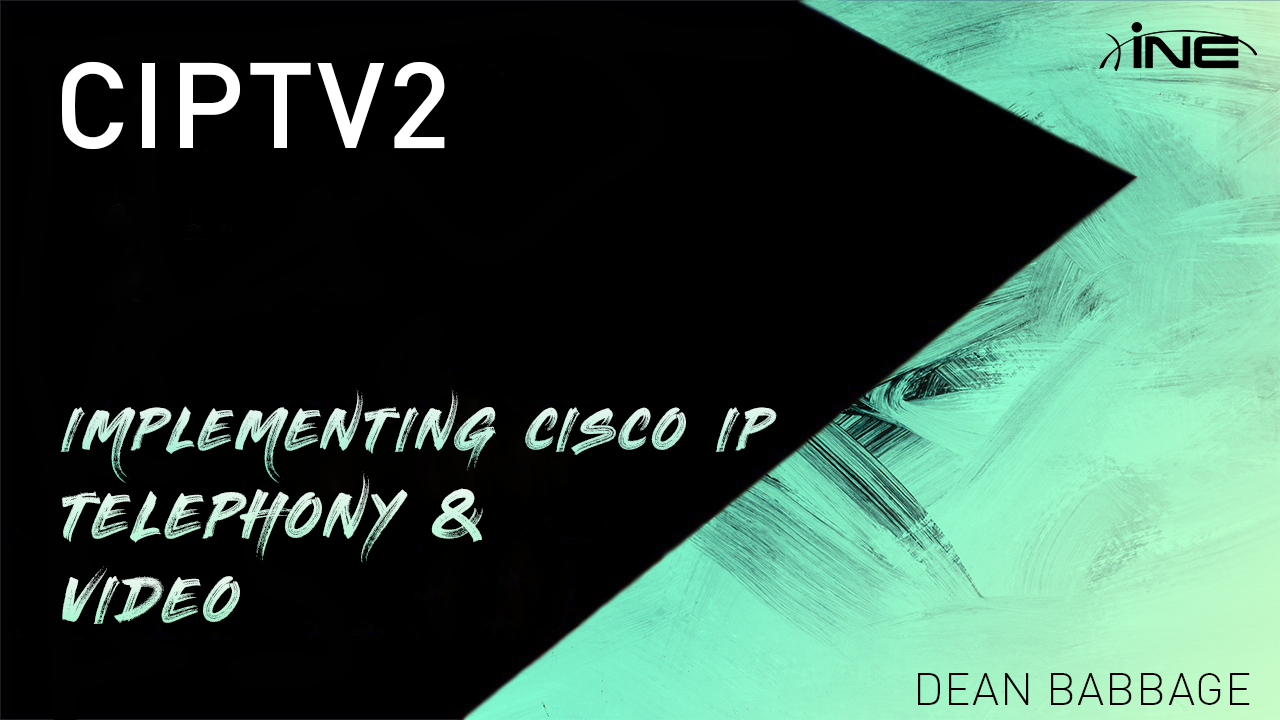Understanding CIPTV: The Future of Television Technology

Introduction to CIPTV
What is CIPTV?
CIPTV stands for “Cloud IP Television.” It’s a revolutionary approach to delivering television content online rather than traditional cable or satellite systems. This technology leverages cloud computing and internet protocol (IP) networks to stream video content directly to viewers’ devices, providing a flexible and scalable solution for modern entertainment needs. The shift towards CIPTV represents a significant evolution in media consumption, offering numerous advantages over conventional methods.
In essence, CIPTV merges the benefits of cloud technology with the ubiquitous Internet reach. Unlike traditional broadcasting, which relies on physical infrastructure and specific geographical limitations, CIPTV can deliver content globally, provided internet access exists. This capability makes it a desirable option for broadcasters and viewers, offering unparalleled accessibility and convenience.
The underlying technology of CIPTV involves several complex components that work together. These include video encoding and decoding, content delivery networks (CDNs), cloud storage, and IP networking protocols. These elements create a seamless viewing experience, ensuring high-quality video streams are delivered efficiently and reliably to end users.
The Evolution of Television

CIPTV Television has come a long way since its inception in the early 20th century. The journey from black-and-white broadcasts to high-definition digital streams is marked by continuous innovation and adaptation. Initially, television was a luxury item with limited programming and accessibility. Over the decades, technological advancements have transformed TV into a ubiquitous medium, offering various channels and content choices.
The first significant shift in television technology came with the introduction of color broadcasts in the 1950s. This innovation significantly enhanced the viewing experience, making television more appealing to a broader audience. The subsequent decades saw further improvements in broadcast quality, with the transition from analog to digital signals being pivotal. Digital TV offered superior picture and sound quality and more efficient use of the broadcast spectrum.
The advent of the Internet in the late 20th century set the stage for the next significant evolution in television: IPTV (Internet Protocol Television). Unlike traditional broadcasting methods, which relied on dedicated frequency bands, IPTV utilized the Internet to deliver content. This shift allowed for greater flexibility and interactivity, paving the way for services like video on demand (VOD) and catch-up TV.
The Role of Cloud Computing in CIPTV
Cloud computing plays a crucial role in the CIPTV ecosystem. Broadcasters can efficiently store and manage vast amounts of video content by leveraging cloud infrastructure. This approach eliminates the need for expensive physical servers and data centers, reducing costs and simplifying maintenance.
One key benefit of using cloud computing in CIPTV is scalability. Broadcasters can easily adjust their resources based on demand, ensuring a smooth viewing experience even during peak times. Additionally, cloud-based solutions provide robust redundancy and disaster recovery capabilities, minimizing downtime and ensuring continuous service availability.
Another significant advantage of cloud computing in CIPTV is its ability to support advanced features such as content personalization and recommendation engines. Broadcasters can deliver tailored content by analyzing viewer data and preferences, enhancing user engagement and satisfaction. This level of customization was challenging to achieve with traditional broadcasting methods but is now feasible thanks to the power of cloud computing.
Key Components of CIPTV
Video Encoding and Compression
Video encoding and compression are fundamental aspects of CIPTV technology. Encoding refers to converting raw video footage into a digital format that can be transmitted over IP networks. Compression, on the other hand, involves reducing the file size of the encoded video without compromising its quality, making it more manageable for streaming.
The industry has several widely used video codecs, each with strengths and weaknesses. H.264, for example, is a popular choice due to its efficient compression capabilities and broad compatibility with various devices. Recently, H.265 (HEVC) has gained traction for delivering higher-quality video at lower bitrates, making it ideal for CIPTV applications.
The encoding process typically involves several stages: color space conversion, frame rate adjustment, and bit rate control. These steps ensure the final video stream is optimized for delivery over the Internet, maintaining a balance between quality and bandwidth usage. Advanced compression techniques, such as temporal and spatial compression, further enhance the efficiency of the process, enabling high-definition video to be streamed seamlessly to viewers.
Content Delivery Networks (CDNs)
Content Delivery Networks (CDNs) are a critical component of CIPTV infrastructure. CDNs are a network of geographically distributed servers that work together to deliver content to users more efficiently. By caching video content at multiple locations worldwide, CDNs reduce latency and improve load times, ensuring a smooth and uninterrupted viewing experience.
When a viewer requests a video, the CDN selects the nearest server to deliver the content, minimizing the distance the data must travel. This approach speeds up delivery and reduces the load on the origin server, preventing potential bottlenecks and ensuring scalability. CDNs also employ advanced load-balancing algorithms to distribute traffic evenly across their network, further enhancing performance and reliability.
In addition to improving delivery speed, CDNs provide several other benefits for CIPTV. They offer enhanced security features, such as DDoS protection and SSL encryption, safeguarding content from cyber threats. Furthermore, CDNs support advanced analytics and reporting tools, giving broadcasters valuable insights into viewer behavior and network performance.
Cloud Storage Solutions
Cloud storage solutions are integral to the CIPTV ecosystem, providing a scalable and cost-effective way to store and manage video content. Unlike traditional storage methods, which rely on physical hardware, cloud storage utilizes virtualized resources hosted in data centers worldwide. This approach offers several advantages, including flexibility, redundancy, and ease of access.
One of the primary benefits of cloud storage for CIPTV is its ability to scale dynamically based on demand. Broadcasters can increase or decrease their storage capacity as needed, ensuring they have enough space to accommodate new content without over-provisioning. This flexibility is precious in the fast-paced world of digital media, where storage requirements can fluctuate significantly.
Cloud storage solutions also provide robust redundancy and backup capabilities, ensuring that content is always available, even during hardware failures or other disruptions. By replicating data across multiple locations, cloud storage providers can offer high levels of reliability and durability, minimizing the risk of data loss.





